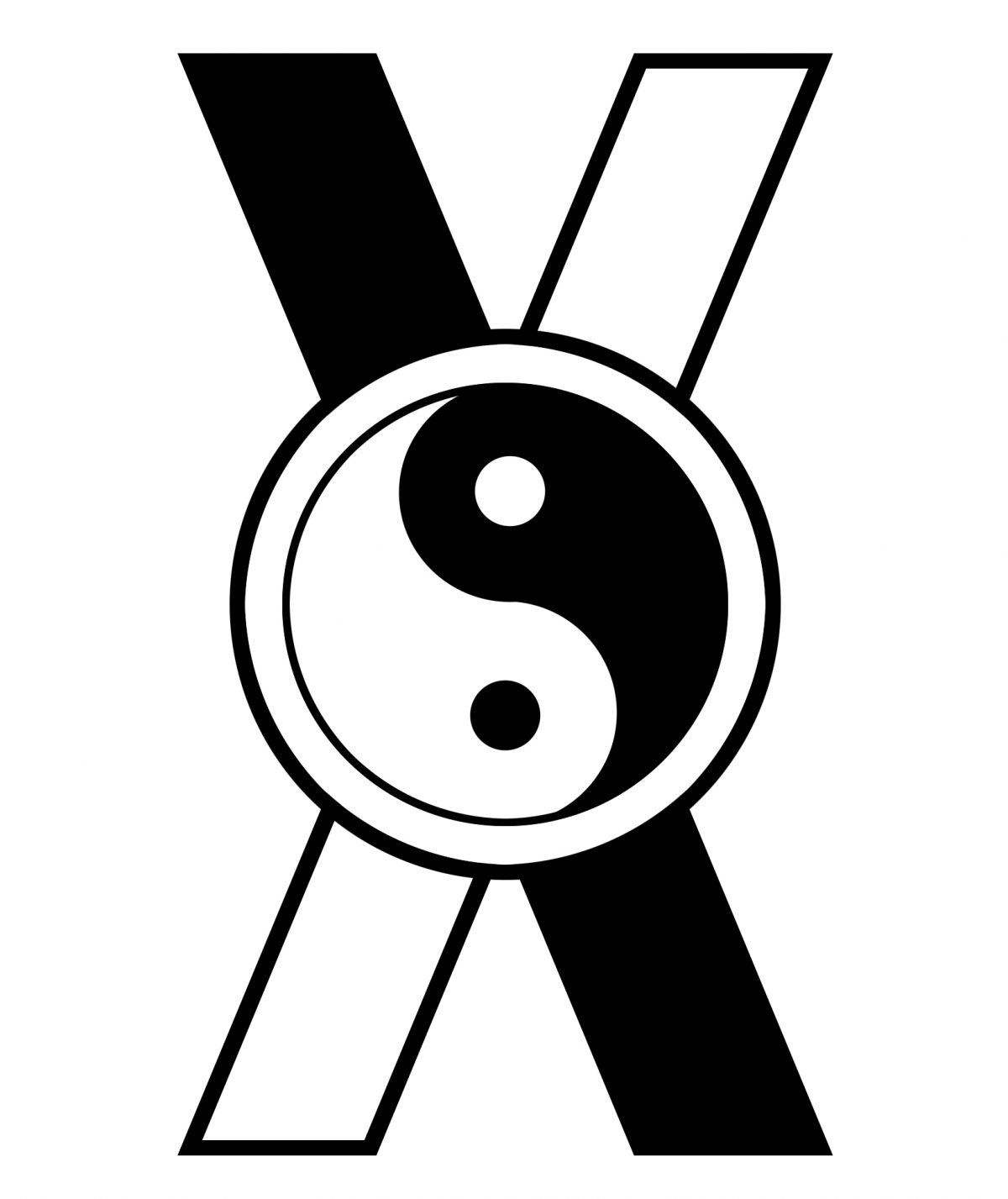Desire is an issue that many a spiritual path attempt to address, and understandably so. We’ve all been led astray by our desires. We’ve all found a compulsion obsessing us, crowding out other parts of our lives. We’ve all had it hurt to the point where the joy of fulfillment didn’t seem worth it.
Yet at the same time, we’ve all encountered the problems of repression. The shame that comes with people judging us for being human. Attempts to control our behavior that becomes more painful and more disruptive than the desires themselves. There are points where people get concerned about desire and then address it in ways that make it worse.
And at the bottom, doesn’t some of desire seem, well, natural? Why are we fighting it? Why are we obsessing about it? It’s like we’ve found ways to make ourselves more miserable for being human.
In my meditations and mentations I’ve been considering desire lately, and wanted to share a few insights. I think when we talk desire, both in general and in our spiritual practice, we’re often talking very different things.
At the core of desire are our natural feelings. We get hungry, we get horny, we get afraid. They’re natural, and they’re nothing to be ashamed of because they’re part of being human.
They’re also transitory, they come and go, rise and fall, get fulfilled or get forgotten. Desires are like waves on the ocean.
However in time we gain obsessions. When a desire arises, it gets trapped in our obsessions, amplified, and pursued. A single flare that would ignite and go dark is kindled into a bonfire.
In time, we can end up giant, jangling, collections of obsessions. A momentary desire can pinball into all sorts of wants and actions and unwise choices. The most innocent need can become a disaster.
There’s desires then there’s desires. I think most spiritual practices are concerned about the obsessions that trap our simple desires and turn them into something dangerous. For that matter we can become obsessed with fighting desires and create other complexes in our heads and become extra miserable.
These complexes can also set off other desires and thus other complexes! You can start being annoyed at an annoying friend, which sets off your obsession with loneliness, which then sets off another obsession that maybe you’re too judgemental . . . you get the idea.
As of this writing I’ve found this “two-teir” approach helps me a lot. At the base of me are very human needs, emotions, and desires. These come and go, the manifestation of the energies of my being, part of being human.
On top of these entirely natural desires are all sorts of psychological complexes that get set off by these desires, amplify them, and past a certain point, make life complicated. These are where our spiritual disciplines, renunciations, analyses, and meditations usually apply.
Those churning normal energies of our bodies and lives are normal. It’s when things get obsessive and complex, spirals of thoughts and feelings, that we suffer.
I found this a helpful distinction, the “substrate” and the “complications.” The substrate, the basics are what they are – they can even help me get in touch with myself. It’s the complicated obsessions I want to address. It reduces the risk I start judging myself while also acknowledging I’ve got some psychological Rube Goldeberg Devices to deal with.
Hope these thoughts help you as well. And I mean that as a sincere desire.
